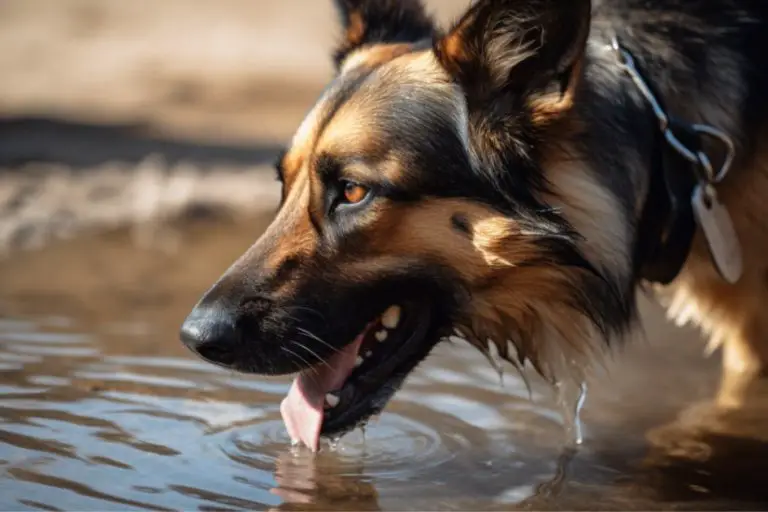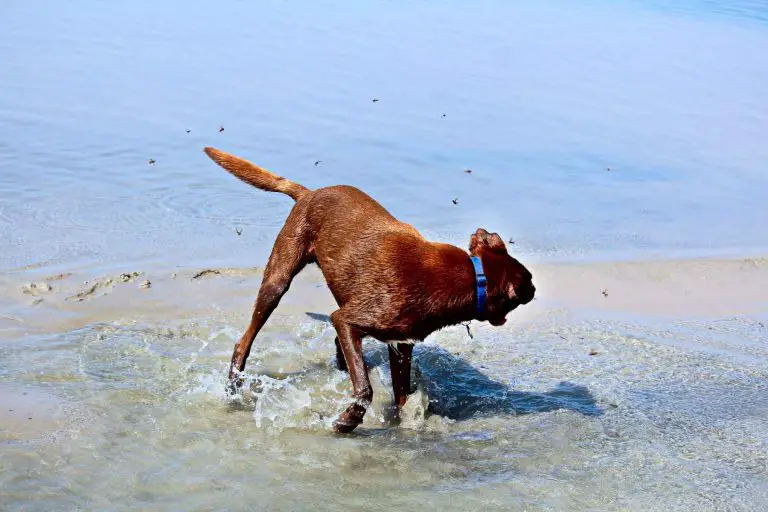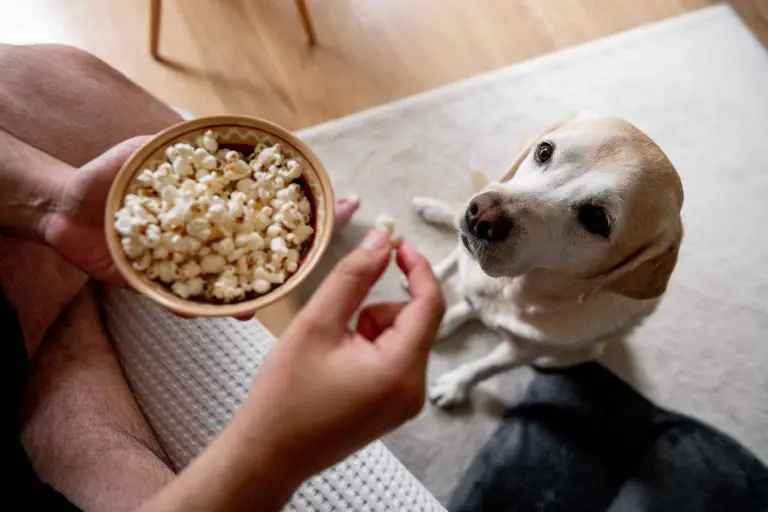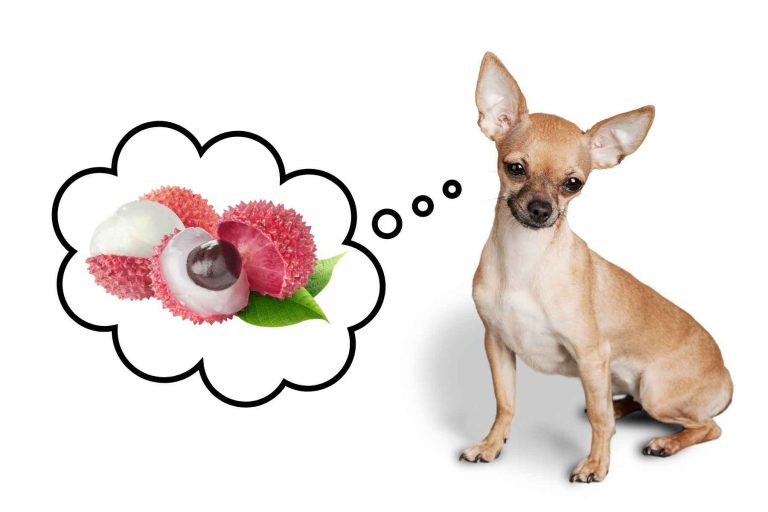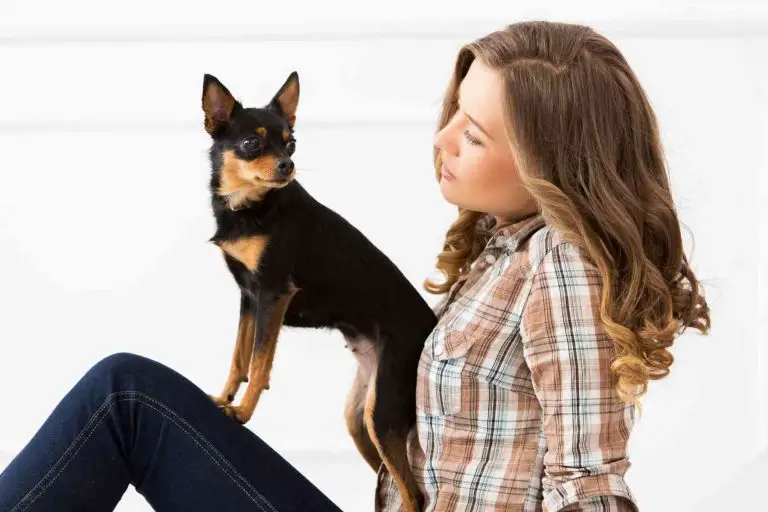Do Dogs Throw Up When They Are Hungry?
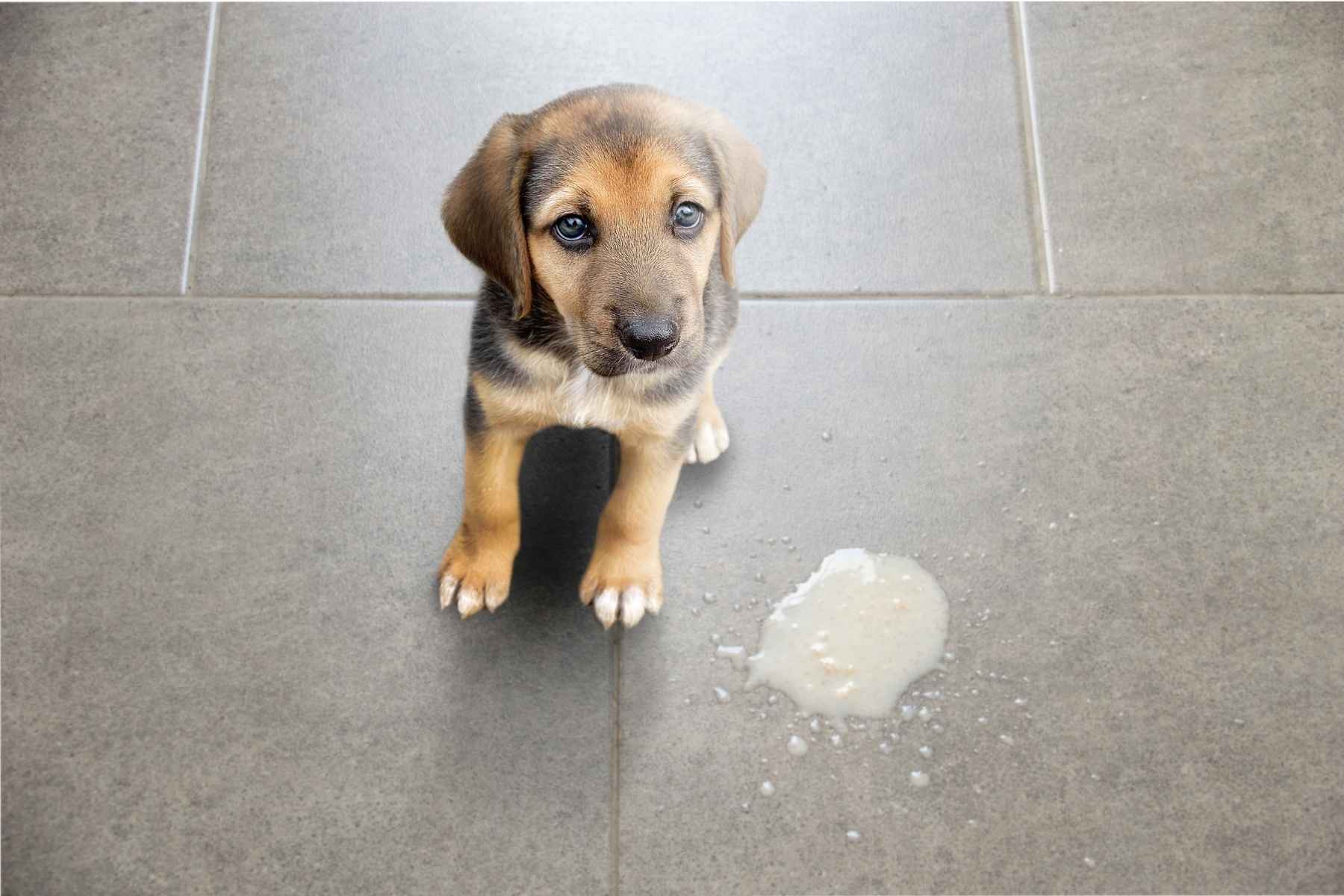
Dogs vomit for a variety of reasons, but one of the most common is because they are too hungry. When dogs get overly hungry, their stomachs start to produce more acids. As these acids build up in the stomach, they can cause pain and discomfort. This pain eventually leads to the dog throwing up as a way to relieve itself.
The process of vomiting for dogs is not much different than humans, but evolved due to its purpose in the wild. Dogs often vomit after long periods of waiting or when they are too hungry. They may also vomit if they eat something that doesn’t agree with them or if they have ingested a foreign object.
In order for dogs to vomit, they usually lick their air or floor. This helps stimulate their gag reflex and induces vomiting soon afterwards. Some dogs may also experience bilious vomiting syndrome, which is an involuntary reaction to the build-up of acids in the stomach caused by hunger.
How can I prevent my dog from throwing up when he is hungry?
Dogs vomit for a number of reasons, one of which is being hungry. When a dog’s stomach is empty, it will start to contract and this will cause the animal to vomit. This usually happens in the morning, because their food takes eight hours to digest.
If your dog is vomiting regularly, you can increase the amount of food he eats or offer him a snack during the day. You can also try adding extra fiber to his meals, which will help keep him full for longer periods of time. If the vomiting persists even after increasing his food intake, then it’s best to take him to see a vet. The vet may be able to help identify any underlying causes for the vomiting and prescribe medication if necessary.
What should I do if my dog throws up when he is hungry?
Although vomiting is not dangerous in itself, it can be an indication that something is wrong with your dog. If he has other symptoms such as diarrhea or fatigue, then it’s best to take him to see a professional. Dogs who vomit blood should receive professional care immediately.
If your dog is vomiting regularly, you can test the following things:
- Increase the amount of food he eats
- Offer them a snack midway through the day to prevent them from vomiting later on.
- You can also try adding extra fiber to his meals, which will help keep him full for longer periods of time.
- And finally, frozen pumpkin or raw treats can help curb hunger pukes in dogs who are on a kibble diet.
If the vomiting persists even after increasing his food intake, then it’s best to take him to see a vet. The vet may be able to help identify any underlying causes for the vomiting and prescribe medication if necessary.
Is there a difference between a dog throwing up when he is hungry and throwing up when he is not hungry?
Dogs can vomit for a number of reasons, but a common cause is because they are hungry.
When a dog eats and drinks too fast, it can swallow too much air which then causes them to vomit.
Another reason dogs may vomit is if they have eaten something that is poisonous or bad for them.
How long before a dog’s stomach is empty after eating?
It generally takes approximately 8 hours before your dog’s stomach is empty again after eating. But it can vary from 4 hours all the way up to 12 hours.
How do I know when my dog is hungry?
It can be difficult to know when your dog is actually hungry, as opposed to simply being thirsty or needing to go outside. A good rule of thumb is that if your dog is getting regular meals, they are likely not starving and may only be looking for something to eat out of boredom.
However, there are some other signs that can indicate hunger, such as whining, pawing at food or you. Dogs should be fed twice a day, about 8 to 12 hours apart. If you are still unsure whether or not your dog is getting enough to eat, there are ways you can tell:
-A healthy dog will have energy and be playful; if he or she is lethargic, it may be a sign that they are not getting enough to eat.
-Treats should make up less than 10% of your dog’s diet.
-If your dog has not eaten in 24 hours and begins to show signs of lethargy and weakness, then it’s time to get medical attention.
Should I rotate my dog’s food?
There is some debate over whether or not you should rotate your dog’s food. On the one hand, many people believe that rotating their dog’s food helps keep them healthy by exposing them to a variety of different nutrients. On the other hand, others believe that it’s better to stick to a routine and that rotating their food can actually be harmful to their health.
The truth is, most dogs are happy with the same diet routine. They don’t need a variety of tastes as we do. They’re mostly content with eating the same thing day in and day out. Dogs generally don’t get bored with eating the same food often. So unless your dog has a specific dietary need, it’s best to just stick to his or her regular routine.
One major reason why dogs can eat the same food over and over again without getting tired of it is that their taste buds only number around 1700, while humans have 9000. This means that dogs aren’t as sensitive to different tastes and flavors as we are, which is why they are more likely to eat almost anything.
Will a picky dog starve?
Dogs can be picky eaters for a number of reasons, including illness, boredom, or simply not liking the taste of their food. If your dog is refusing to eat, it’s important to consider why they might be doing so and take steps to correct the problem.
In some cases, a picky dog may simply refuse to eat anything you give them. This can be dangerous if it leads to malnutrition or dehydration, so it’s important to take steps to get them eating again. You can try offering different foods or snacks throughout the day, increase the amount of food they’re given at each mealtime, or add extra fiber to their diet.
If your dog is vomiting with blood or other symptoms such as fatigue or diarrhea, it’s important to get them checked out by a vet as soon as possible. There could be an underlying issue causing these problems that need treatment.
In most cases though, a picky dog will eventually start eating again if you put in a little effort. Just make sure they have plenty of water and are getting enough nutrients from their food so they don’t become malnourished.
Why is my dog not eating her food but will eat treats?
It’s common for dogs to refuse their regular food and only eat treats. This is usually not a cause for concern, as long as the dog is still eating some food and doesn’t seem too thin.
There are several reasons why a dog might do this: she may be bored with her food, she may not be hungry, or she may have a sensitivity to one of the ingredients in her diet.
If your dog is refusing to eat her regular food but will eat treats, you can try increasing the amount of food in her meals or offering her snacks throughout the day.
If that doesn’t work, you may need to switch up her diet and try different types of foods until you find one she likes. Dogs can also be sensitive to certain flavors, so it’s important to experiment until you find something she’ll eat consistently.


